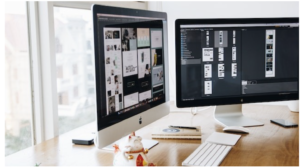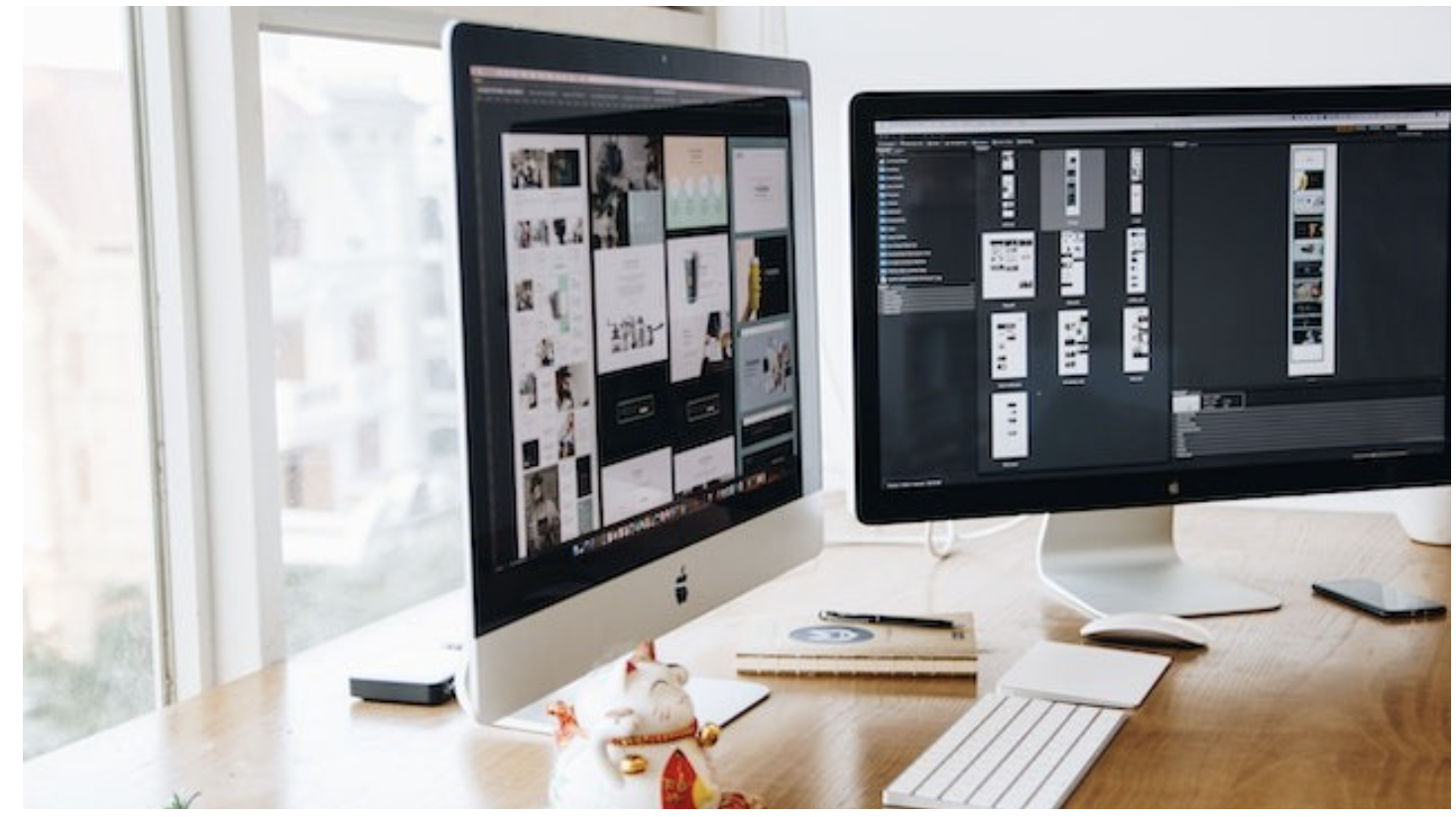Introduction to Photoshop for Graphic Designs Services Beginners

The term “Photoshop” refers to Adobe Photoshop, a widely used and accepted piece of software for Graphic designs services. Graphic designers may edit and produce digital images, illustrations, and designs using Adobe Photoshop, which is an effective raster graphics editor.
Graphic design plays an important role in delivering messages, developing brand identities, and engaging audiences across a variety of media platforms in the modern digital age. Adobe Photoshop is one of the graphic designer’s most effective tools.
Photoshop has established itself as a pillar of the graphic design sector because of its wide range of features and capabilities. In this thorough introduction, we will introduce you to Photoshop by going over its essential features and showing you why it is crucial for graphic designs services.
1. What is Photoshop?
Graphic designers utilise Photoshop, an effective program, to edit and change images. It provides a wide range of resources and abilities to improve and modify pictures.
2. Getting Started with Photoshop
Install Photoshop on your computer after installing it. Either a subscription can be
purchased or a free trial version can be used.
Become familiar with the workspace, panels, and toolbar of the Photoshop interface.
Although at first it may seem difficult, with practice you’ll get an understanding of it.
3. Understanding Layers
The basic units of Photoshop are layers. You can stack and arrange the many components of your design using them. It is simpler to make changes without affecting other components of the design because each layer may be updated independently.
4. Basic Tools and Functions
Learn how to use the text, selection, brush, and eraser tools simply. With these tools, you can make pieces for your creation and change them.
Find out how to use tools like rotating, cutting, and scaling images. Using these tools, you can change images to fit your design needs.
5. Working with Colours
Photoshop has several colour modes, such as RGB and CMYK, that can be used for
different jobs, such as print design and web design. Learn how the different colour modes are different and choose the one that works best for your project.
Acquire the necessary skills to effectively utilise the colour picker tool to select and implement colours. Experiment with various colour palettes in order to generate aesthetically pleasing designs.
6. Image Editing and Manipulation
To enhance the visual quality of photographs, it is advisable to experiment
with various adjustments such as modifying colour, contrast, and saturation levels.
Acquire proficiency in utilising tools such as the clone stamp tool and the repair
brush tool to effectively eliminate imperfections or undesired elements.
Experiment with various filters and effects to include a distinctive aesthetic in your
creative endeavours.
7. Working with Text
Utilise the text tool to incorporate and organise textual elements within your design
compositions. Experiment with various typefaces, font sizes, and formatting styles to generate aesthetically pleasing written content.
Instruct oneself on the utilisation of text effects such as drop shadows and patterns to enhance the visual prominence of textual content.
8. Creating Graphics and Illustrations
Photoshop is widely regarded as a highly effective software application for manipulating images, as well as creating and enhancing graphic designs and illustrations. Experiment with the utilisation of the pen tool and shape tools to create distinctive vector lines and forms.
To create logos, icons, or images, it is necessary to combine various
shapes, colours, and visual effects.
9. Understanding Layers and Layer Styles
Furthermore, explore further the concept of layers and its application in manipulating and modifying various components within a design.
Layer styles such as drop shadows, gradients, and brushes can be employed to
enhance the visual aesthetics and create a sense of depth in design compositions.
10. Utilising Filters and Effects
Using layers and effects in digital design can make your work look better and give you more ways to be creative. Digital materials like graphics, photos, and sketches can be changed and manipulated in a wide range of ways by using different filters and effects.
Experience the wide variety of layers and effects that are offered by Photoshop to adjust and improve the appearance of your designs and images.
To produce images that are visually different and aesthetically beautiful, try out a variety of image alteration techniques such as blurring, sharpening, and distorting effects.
11. Introduction to Masking
This tutorial aims to provide instruction on the utilisation of masking techniques
to selectively conceal or reveal specific elements within a design or image.
Layer masks and clipping masks are essential tools in achieving seamless blends
and combining disparate elements in a visually cohesive manner.
12. Creating and Editing Shapes
– Experiment with various vector graphics or geometric shapes with the shape tools in Adobe Photoshop.
– This tutorial aims to provide instruction on the manipulation and modification of shapes through the utilisation of anchor points and route methods.
13. Introduction to Typography
– Understanding the importance of typography in graphic designs services and how it can improve the aesthetic appeal and overall message.
– Try out various fonts, sizes, and alignments to produce text that is clear and readable in your designs.
14. Designing with Grids and Guides
Learn how to use grids and guides to make drawings that are balanced and straight.
– Learn how to set up grids and use guides to make sure your plans are consistent and accurate.
15. Exporting and Saving Your Designs
– Learn about the different file types, such as JPEG, PNG, and PDF, and the programs that work best with them.
– Find out how to save your drawings in the right format and make them work best for the web or printing.
16. Resources and Further Learning
Look at online tutorials, forums, and tools to learn more about Photoshop and get better at it. Consider joining a design community or taking an online course to learn more about.
Graphics designing ideas and methods. Thousands and millions of people offer their services and skills in logo design. E1W Media is one of them.
There are several possibilities accessible whether you’re searching for graphic design services or a Graphic design company that specialises in Photoshop. To locate individual designers, you might browse freelance platforms or conduct an online search for design firms in your area. When choosing a company, it’s crucial to take into account their portfolio, experience, and client testimonials.
The book “Photoshop for Graphic Design Beginners” covers all of Photoshop’s basic ideas and methods, including image manipulation, colour correction, layers, filters, and typography. You’ll be able to produce appealing and expert designs once you’ve mastered these techniques. To improve your Photoshop abilities even further, continue to practice and explore new resources.

